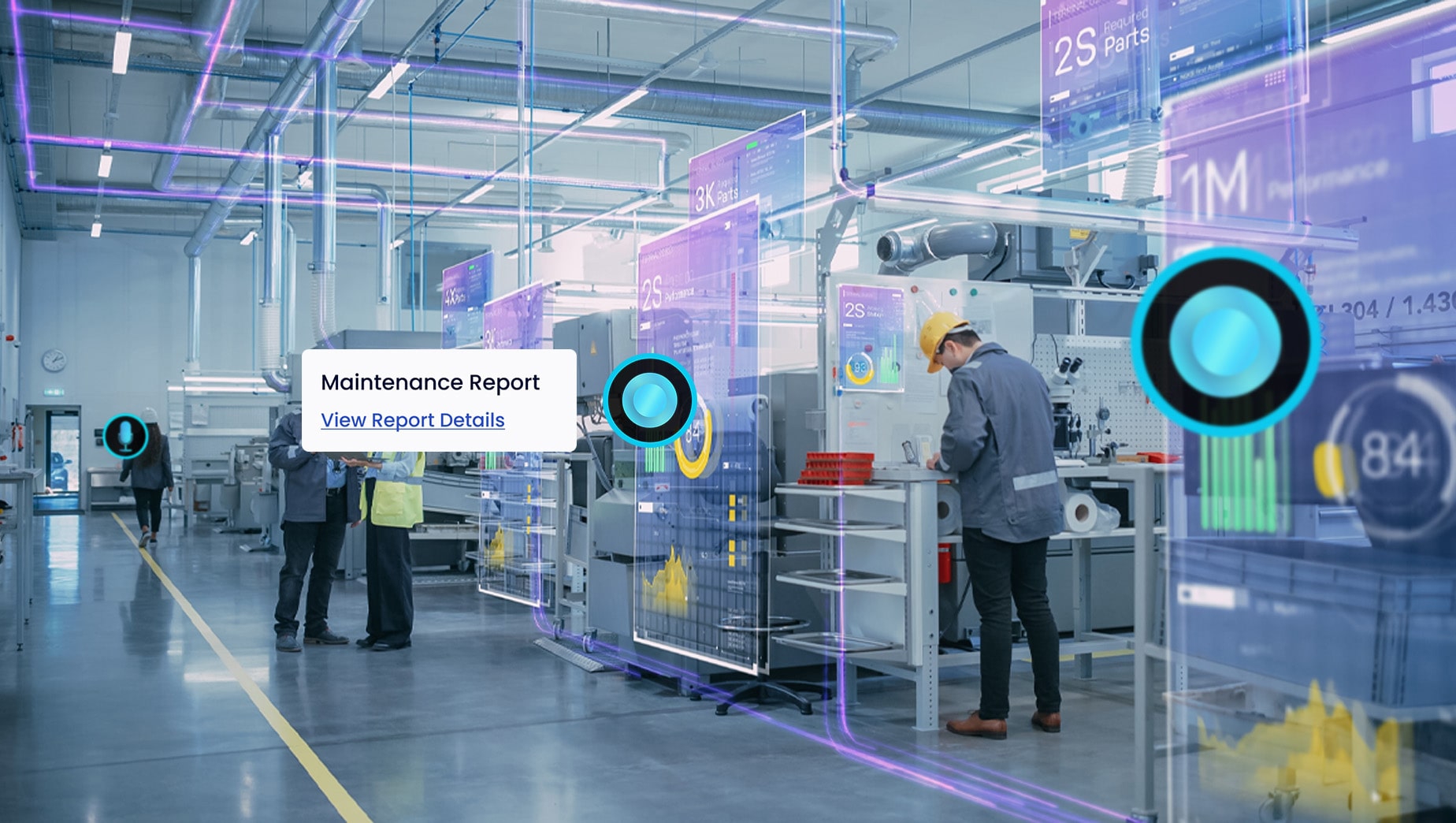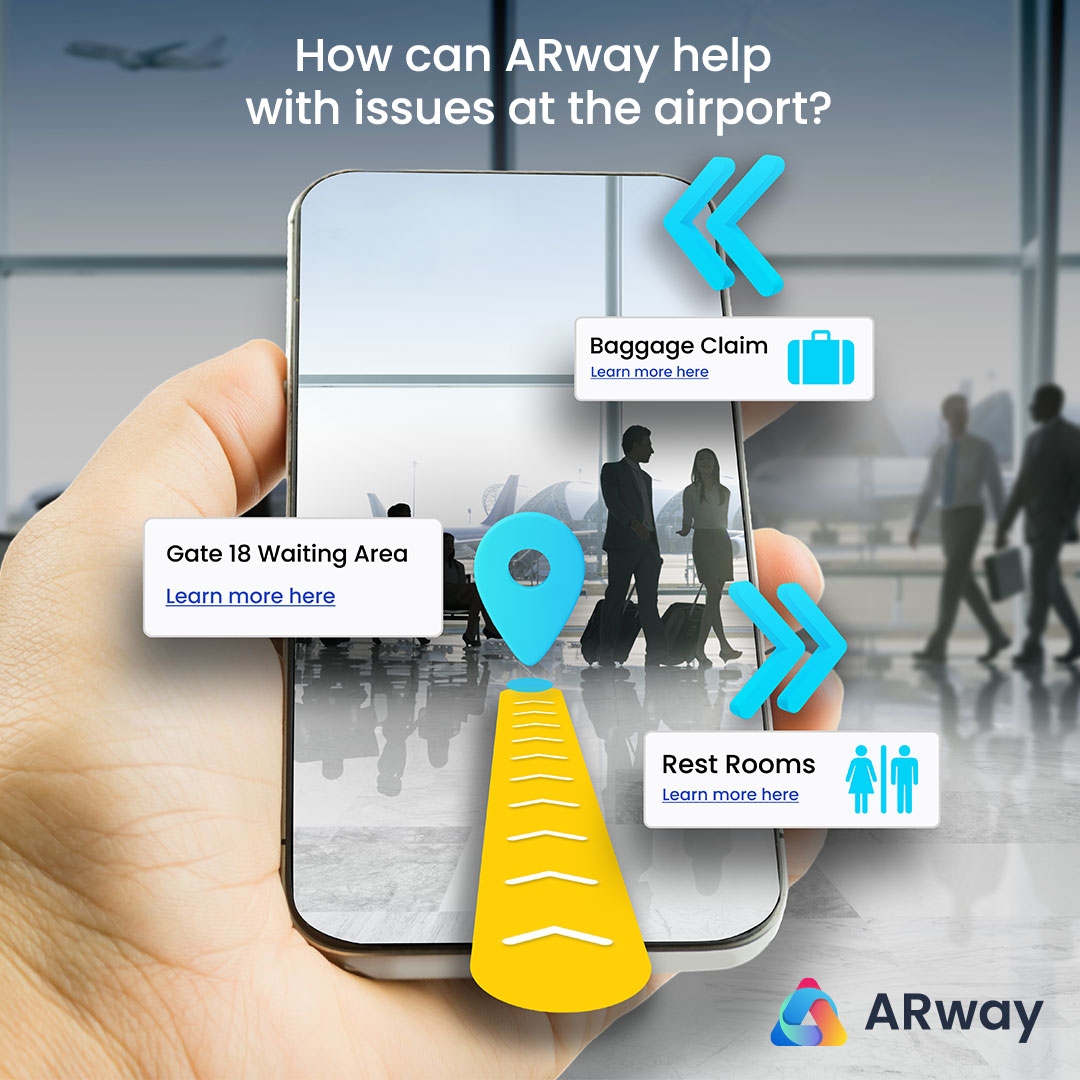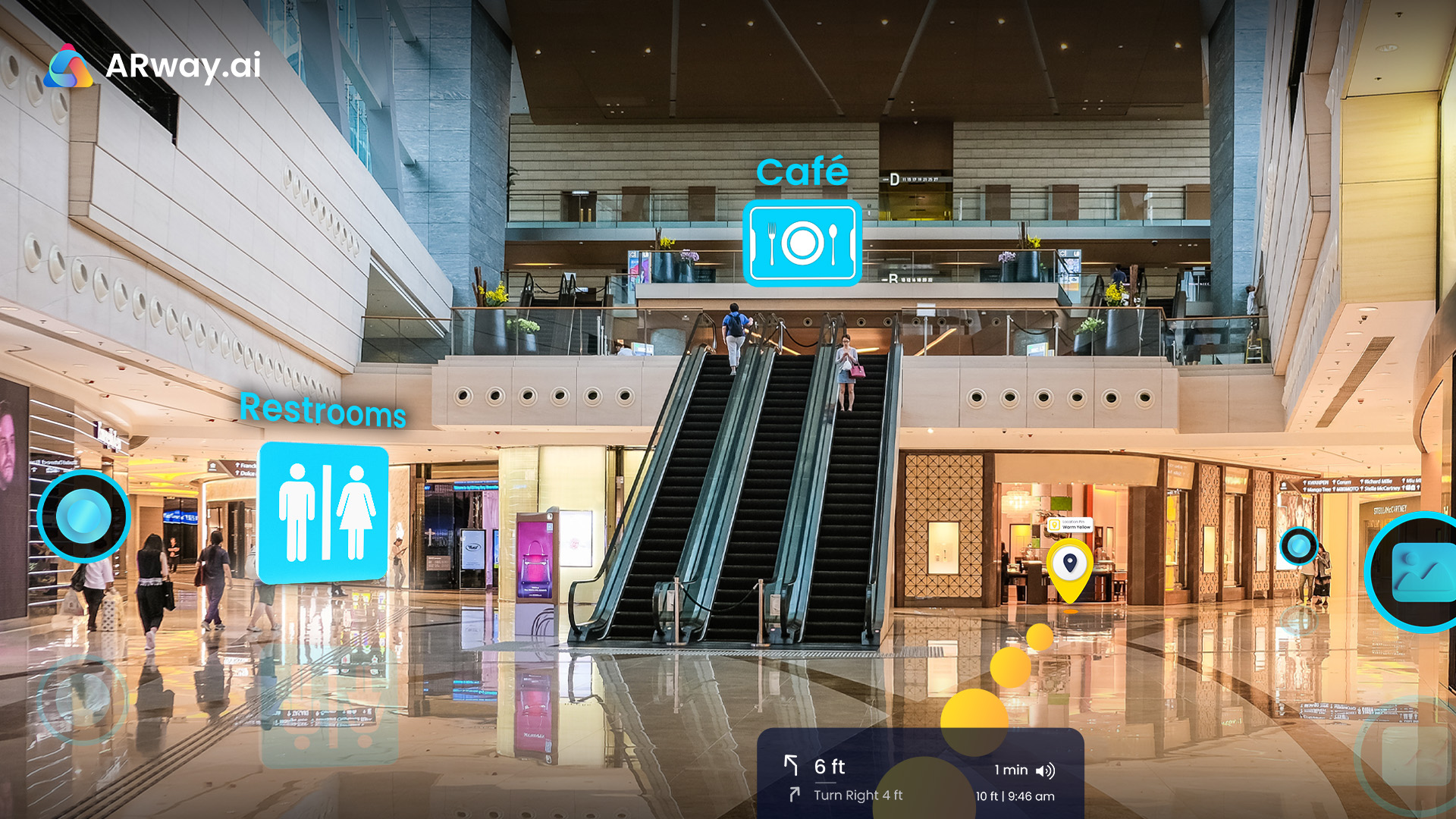Digital navigation has made navigating complex places easier and more effective in the fast-paced, technologically-driven world of today. This innovative approach to navigation has transformed the way we explore and interact with various spaces, be it in large shopping malls, airports, hospitals or educational institutions. In this blog post, we will understand what digital wayfinding is and explore the top 10 benefits of digital wayfinding — shedding light on how it enhances the navigation experience, saves time and costs and fosters engagement and inclusivity. Let’s get started!
What is Digital Wayfinding?
Digital wayfinding refers to the use of digital technologies to provide navigation and guidance in physical spaces such as airports, hospitals, campuses, shopping malls and other large complexes. It enables users to access information about their current location, nearby points of interest, directions to specific destinations, and even estimated travel times in real-time. By using a combination of interactive maps, touchscreen kiosks, mobile applications and digital signage, it helps users find their way efficiently and effectively.
Furthermore, digital wayfinding systems can be customized to cater to the specific needs of different environments and user demographics. It can integrate additional features such as accessibility information for individuals with disabilities, crowd monitoring and alerts about ongoing events or disruptions. As a result, it serves as a valuable tool for organizations seeking to provide a seamless and user-friendly experience in their physical environments.
Types of Digital Wayfinding
Now that you have a better understanding of what digital wayfinding is, let us look at the different types of digital wayfinding.
Digital Static Wayfinding
In its most basic version, this solution uses an electronic map to provide users with a simple point of reference. It uses a straightforward visual structure to clearly show visitors where everything is on your campus or facility. Additionally, it can display information that highlights upcoming events and company announcements. Since it isn’t interactive or entertaining, it is the least expensive option and ideal for those on a tight budget.
Interactive Wayfinding
Touchscreen technology is used in this sort of signage, which is entirely customizable. This means that this solution provides a clear path for a person to travel from point A to point B within one’s facility. By touching the desired location, the user can then receive visual directions from the map on how to navigate from point A to point B. The visitors can then see the precise path they need to walk to reach their destination.
3D Wayfinding
This is one of the most advanced versions of wayfinding solutions. It provides a professional, eye-catching aesthetic impact while displaying the map of the place in 3D, helping visitors get more familiar with their surroundings. For instance, it will depict the path from point A to point B in 3D while also displaying a specific office or building in 3D. This gives organizations the ability to dynamically direct their visitors while showcasing a true depiction of their company. Although this approach is the most expensive, it also has the greatest impact.
Top 10 Benefits of Digital Wayfinding
Next, let us deep dive into the different benefits offered by wayfinding software –
Improved Navigation Experience
Digital wayfinding revolutionizes the navigation experience by providing interactive and intuitive solutions. Through the use of wayfinding software and digital maps, users can easily locate their desired destinations, access real-time directions and obtain information on nearby amenities. By replacing static signs with dynamic and interactive displays, digital wayfinding eliminates confusion and frustration, ensuring a seamless journey for individuals in both indoor and outdoor environments.
Time and Cost-Effectiveness
One of the primary advantages of digital wayfinding is its ability to save time and reduce costs. By offering optimized routes, users can find the shortest paths to their destinations, avoiding unnecessary detours and minimizing travel time. This proves particularly beneficial in large venues and crowded areas. Moreover, organizations can integrate digital wayfinding solutions with other operational processes, such as transportation systems, to enhance resource allocation, resulting in improved efficiency and cost savings.
Enhanced User Engagement
Thereafter, digital wayfinding goes beyond providing directions; it also engages users in meaningful ways. Interactive maps allow users to zoom in and out, toggle between different floors or levels and explore points of interest. Personalized features enable users to customize their preferences, such as selecting accessible routes or filtering by specific categories. Furthermore, digital wayfinding systems can provide additional information and promotions, enhancing the overall user experience and fostering engagement.
To learn about the top event management trends in 2023, read this.
Accessibility and Inclusivity
Digital wayfinding solutions play a pivotal role in promoting accessibility and inclusivity. They offer multilingual support, ensuring that language barriers do not hinder navigation for diverse user groups. Furthermore, audio instructions guide individuals with visual impairments or those who prefer auditory cues. By considering the needs of individuals with disabilities or special needs, digital wayfinding creates a more inclusive environment for all users.
Real-Time Updates and Alerts
One of the standout features of digital wayfinding is its ability to provide real-time updates and alerts. Users can receive notifications about delays, closures or route changes, ensuring they stay informed and make informed decisions. By integrating with various data sources, such as transportation systems or event schedules, digital wayfinding systems keep users up to date, enhancing their overall experience and reducing potential inconveniences.
Data-Driven Insights
Digital wayfinding solutions generate valuable data that can be harnessed for further improvements. By analyzing user behavior, preferences and navigation patterns, organizations can gain insights into user needs and expectations. This data-driven approach enables continuous enhancements to the wayfinding experience, optimizing navigation flow and identifying potential bottlenecks. Ultimately, data collection and analysis empower organizations to make informed decisions and provide a better user experience.
Branding and Promotion Opportunities
Digital wayfinding systems present unique opportunities for branding and promotions. By incorporating logos, colors and customized themes, organizations can align the wayfinding experience with their brand identity. Furthermore, digital displays can be used to showcase advertisements or sponsored content, providing an additional revenue stream. Leveraging digital wayfinding as a branding and promotion tool creates a cohesive and immersive experience for users while generating value for organizations.
Sustainability and Environmental Benefits
In addition to its practical advantages, digital wayfinding also offers sustainability and environmental benefits. By reducing the need for traditional paper-based signage, digital wayfinding significantly reduces paper waste. Energy-efficient displays and optimized routes contribute to a greener and more eco-friendly approach to navigation. Additionally, no staff is required to waste time putting up and taking down notifications and signs. Lastly, as no material needs to be printed, it proves to be a cost-effective solution too.
Assists During Emergencies
Digital wayfinding can serve as an emergency communication channel by leveraging its interactive and real-time capabilities. It can quickly update and display critical information such as evacuation routes, emergency exits, assembly points and safety instructions. It can also broadcast emergency alerts and notifications to users, directing them to take appropriate actions. By integrating emergency communication features into digital wayfinding systems, organizations can effectively disseminate crucial information to people in the facility, helping to ensure their safety and facilitate a coordinated response during emergencies.
Scalability and Flexibility
Last but not least, digital wayfinding solutions are scalable and flexible, making them adaptable to diverse environments and evolving needs. Whether it’s a small office building or a sprawling campus, digital wayfinding systems can be easily expanded or modified to accommodate changes in spaces or user requirements. Moreover, they are compatible with various devices and platforms, ensuring accessibility for users across different technologies and interfaces.
To learn how AI is revolutionizing customer experiences in the retail industry, read this.
Conclusion
Digital wayfinding has emerged as a game-changer in navigation, offering a host of benefits that revolutionize how we navigate and interact with our surroundings. By knowing the nuances about what is digital wayfinding you can utilize the potential to transform any environment. As we move forward in the digital era, digital wayfinding is all set to become an indispensable tool in our quest to navigate the world around us.
About ARway.ai by Nextech3D.ai
Augmented Reality Experience Platform, ARway.ai is a powerful, no-code spatial computing platform that melds the real and the virtual into a single seamless experience. One of its powerful features includes navigation and wayfinding that facilitates the creation of robust AR navigation with accurate positioning, digital directory, turn-by-turn and optimized routes. To learn more about this advanced indoor navigation solution, click here.







